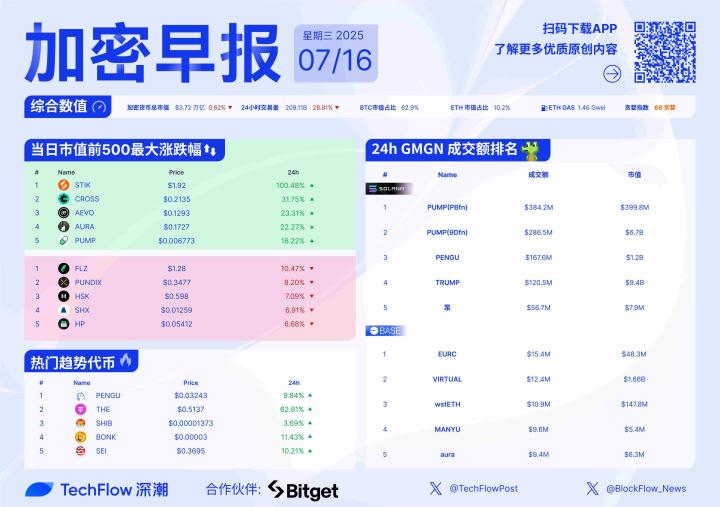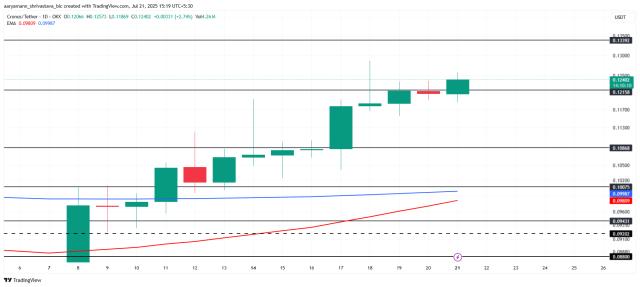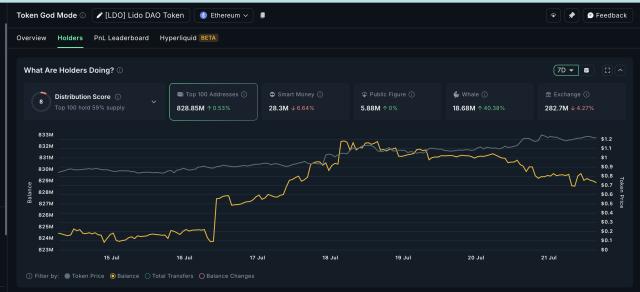Solana officially broke through $200 this morning, rising nearly 25% over the past week. Against this backdrop, this article will help readers quickly understand the development of BTC in the Solana ecosystem and identify potential next BTCFi breakouts.
With Bitcoin reaching a new all-time high and SOL breaking the $200 mark this morning, reaching its highest level in five months, investors' attention has turned to a deeper, more structurally transformative battlefield: BTCFi - Decentralized Finance for Bitcoin.
Although the BTCFi trend from last year has cooled down, massive capital never truly sleeps. With more and more enterprises buying BTC reserves, awakening the potential of over two trillion dollars of "idle" Bitcoin remains a key ecosystem goal.
The BTCFi ecosystem has diverse developments: Bitcoin Layer 2 networks like Stacks and Merlin Chain, re-staking track Babylon, BRC-20 standard... This article will focus on BTC's development in the Solana ecosystem, as Solana has proven its value in carrying large-scale financial activities and continues to attract new developers, essentially preparing a high-performance stage to absorb Bitcoin's massive liquidity.
First Stop: Choose Your Avatar: cbBTC, zBTC
$cbBTC: Issued and custodied by Coinbase, the largest US exchange. Each circulating $cbBTC is backed 1:1 by a real Bitcoin in Coinbase's cold wallet. Its biggest advantage is convenience. Any Coinbase user can automatically convert their BTC to $cbBTC when withdrawing to the Solana network, seamlessly entering the Solana DeFi world.
$zBTC: The "decentralized" ideal of DeFi natives. Developed by Zeus Network, $zBTC is a permissionless communication layer managed by a decentralized validator network. Its security is guaranteed by an economic game played by a committee of SOL token stakers.
Additionally, Zeus Network launched btcSOL, allowing Solana users to stake SOL tokens to earn zBTC rewards. The mechanism involves investing staked SOL into automated yield strategies and converting generated yields to zBTC, distributed daily to stakers.
$WBTC: In May this year, WrappedBTC announced its "launch on Solana" by bringing Ethereum's WBTC liquidity to Solana via the Wormhole bridge, entering the high-speed, low-fee Solana DeFi domain.
Second Stop: Yield Strategy Practice
After choosing your Bitcoin wrapper, the next step is deciding whether to deploy them in Solana's DeFi protocols for higher investment returns. Strategies can be categorized into three levels based on risk and complexity.
I. Beginner Experience Area — Becoming a Stable "Landlord"
This is the most direct and lowest-risk entry method:Lending.
How to play? Deposit your BTC into Solana lending platforms like Kamino Finance or Marginfi. This is like putting money into a "cryptocurrency bank" current account for other users to borrow, and you earn floating interest income.
Core Advantages:This is one of the lowest-risk DeFi strategies. You don't need to worry about Impermanent Loss or liquidation risks from leverage. Your assets remain the Bitcoin you deposited, just slowly increasing in quantity with interest.
Risk Warning:The main risk comes from the smart contract security of the protocol itself. Therefore, choosing top protocols audited by multiple reputable institutions is crucial.
II. Advanced Operation Area — Partnering to Provide "Liquidity"
If you're willing to take on a bit more risk for higher returns, you can tryLiquidity Provision.
How to play? You can pair your Bitcoin assets with another asset (such as stablecoin USDC) and deposit them into a decentralized exchange (DEX) liquidity pool, such as Orca, Raydium, or Meteora. In return, you'll earn a share of transaction fees for that trading pair, and sometimes additional token rewards.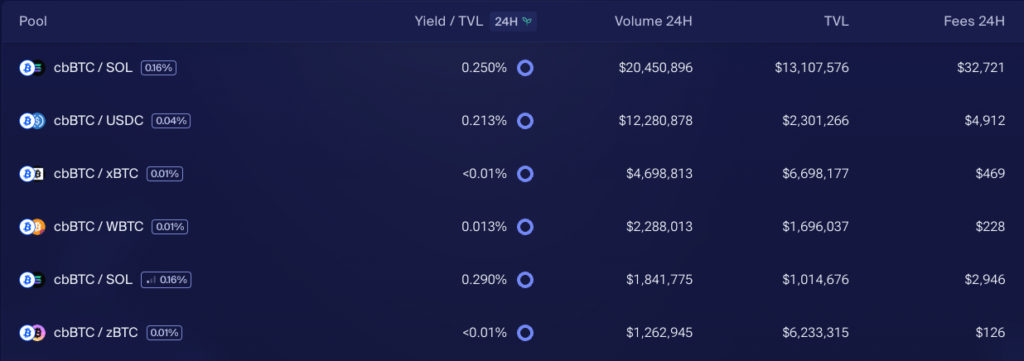
Core Risk:Liquidity providers face a unique risk called "Impermanent Loss". Simply put, when the price ratio of the two paired assets changes dramatically, the total asset value you withdraw may be lower than if you had simply held these two assets. This is the market volatility risk that liquidity providers must bear.
III. Expert Confrontation Area — Leveraging and Arbitrage
This method has the highest risk but potentially the most significant returns,not recommended for beginners or before fully understanding.
Leveraged Yield Farming: Using Kamino Finance's "Multiply" feature as an example, it automates complex leverage processes into a "one-click" operation. Its essence is a circular strategy: you deposit interest-bearing assets (like LP tokens), and the protocol automatically uses them as collateral to borrow more assets, then reinvests to amplify your yield position.
The main risk is liquidation. Once market volatility causes your collateral value to be insufficient, your position will be forcibly sold by the system, causing significant losses.
_
Pledge Lending: Yala mainnet went live in mid-May this year, aiming to build a native liquidity layer and release BTC's potential value in DeFi and RWA fields. By over-collateralizing Bitcoin, users can mint stablecoin $YU, enabling efficient fund flow across multi-chain DeFi ecosystems like Solana and Ethereum, participate in low-cost and composable yield strategies, while maintaining BTC positions.
The official recently has a contributor feedback program that interested parties can consider. However, please be sure to carefully monitor lending health rates; if BTC price drops significantly, there's a risk of liquidation.
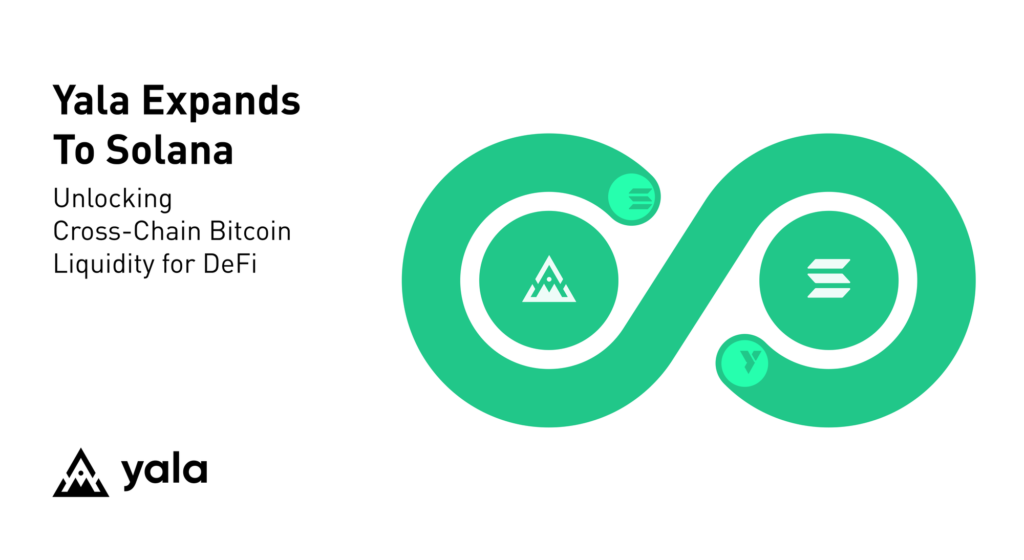
_
Delta Neutral Funding Rate Arbitrage: This is a market-neutral strategy aimed at hedging market price fluctuations while earning stable cash flow. You need to establish two opposite, equally valued positions on a derivatives DEX (like Drift Protocol), and can expand profits through leverage:
Spot Long: Hold a tokenized BTC.
Perpetual Contract Short: Open an equivalent BTC perpetual contract short position. When market bullish sentiment is strong, funding rates are usually positive, with long positions paying fees to short positions. Your profit comes from collecting this funding fee, while spot and contract gains and losses largely offset each other, thus hedging Bitcoin price volatility risk.
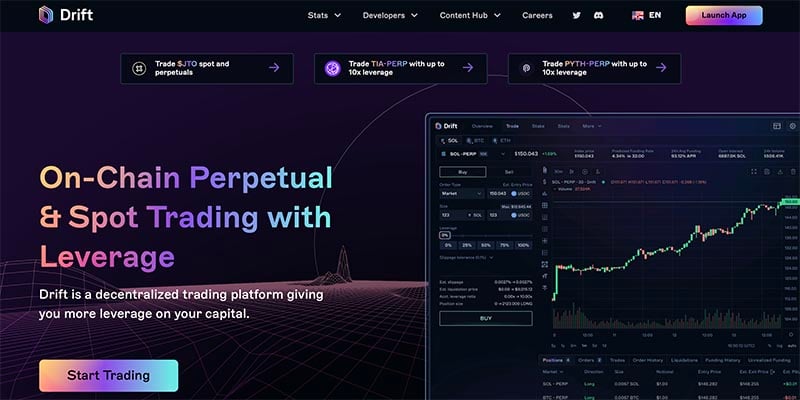
Waiting Time is the Best Learning Opportunity
At present, BTCFi on Solana is still in the early stage of rapid exploration and experimentation, with overall usage limited by narrative heat and infrastructure maturity, not yet reaching mass adoption. However, this also means it's a space worth paying attention to and researching, with potential for outsized returns.
From a broader perspective, financial innovation around Bitcoin assets will inevitably be a battleground. If Solana can successfully stake a claim, it will not only help enhance its positioning as a multi-asset infrastructure platform but also significantly expand its potential user and capital sources, especially from native BTC holders and conservative institutional funds.




